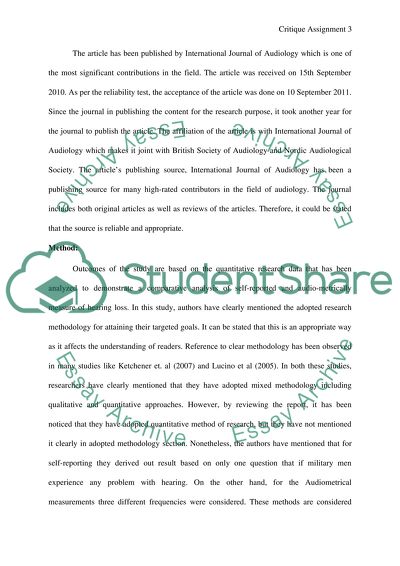Cite this document
(Analysis of Self-Reported and Audio-metrically Measured Hearing Loss Assignment, n.d.)
Analysis of Self-Reported and Audio-metrically Measured Hearing Loss Assignment. Retrieved from https://studentshare.org/humanitarian/1607781-critique-assignment
Analysis of Self-Reported and Audio-metrically Measured Hearing Loss Assignment. Retrieved from https://studentshare.org/humanitarian/1607781-critique-assignment
(Analysis of Self-Reported and Audio-Metrically Measured Hearing Loss Assignment)
Analysis of Self-Reported and Audio-Metrically Measured Hearing Loss Assignment. https://studentshare.org/humanitarian/1607781-critique-assignment.
Analysis of Self-Reported and Audio-Metrically Measured Hearing Loss Assignment. https://studentshare.org/humanitarian/1607781-critique-assignment.
“Analysis of Self-Reported and Audio-Metrically Measured Hearing Loss Assignment”, n.d. https://studentshare.org/humanitarian/1607781-critique-assignment.


